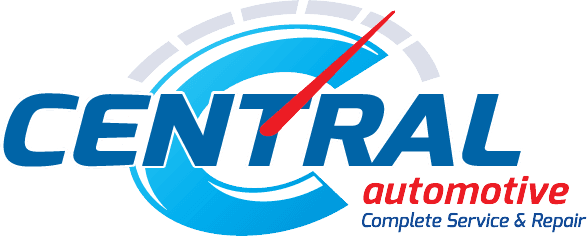I have been asked this question several times over the years: “How much does car maintenance cost? What will save me the most time and money over all the years that I may own this car? Should I wait for it to break down or should I do preventative maintenance?”
Consumer Reports did a study in 2012 on the cost of car ownership would be for the average driver in one year, three year, five year, and eight year time frames.They determined how much money was spent and how it was spent. There are six areas in which the typical car owner spends their money on their car.
- Depreciation
- Fuel
- Interest rate (finance charges)
- Insurance
- Taxes
- Maintenance and repair

Photo Credit: Joshua Singh Photography via Compfight cc
When you look at maintenance and repair, you see that only a small fraction (1-6%, depending on time frame) of your total cost of ownership has to do with maintenance. Most cars are under warranty, so any cost the first year would be service work. When you look at the 3-year numbers, that cost goes up to 2%. On year five, it goes to 4% ,and at year eight, it goes to 6% of your total cost for owning that vehicle per year.
As you can see, we would expect that number to grow as the car gets older because of the car’s needs, and because other costs, like taxes and insurance, decrease. Finance charges will likely disappear completely.
When you are looking for a new car, the things to be wary of are PPM (Pre-Paid Maintenance) plans, 2 years of maintenance included, or “lifetime” free oil changes. This may be convenient, but it is the most costly way to pay for maintenance. To prepay for maintenance or to have “free” maintenance just means they’ve rolled the cost into the purchase price, so now you’re paying interest on the cost of maintenance or the cost of the extended warranty.
When you’re faced with a large, expensive repair, the last thing you want to do is say, “I’m just going to buy another car.” If you had a car that was worth $10,000 and the car was eight years old, that means only 6% of the money is being spent on maintenance. If you pay $600 for a repair on your car, that’s often the same amount you’d pay for 1-3 monthly new car payments. It seems like a big cost up front, but think about the long term — if your car is paid for, you’re not making payments. With a new car, it might be smaller payments stretched over time, but you’re still paying much more every year.
People will often see a large repair bill and say that their car’s not worth it. Consider a report performed by the credit agency Experian in 2012 that showed most used cars are financed at 130% of their value. It’s important to understand that a very large portion of the finance cost will be lost due to depreciation. This is why it’s often more advisable financially to keep an older car despite maintenance costs rather than buy new.






